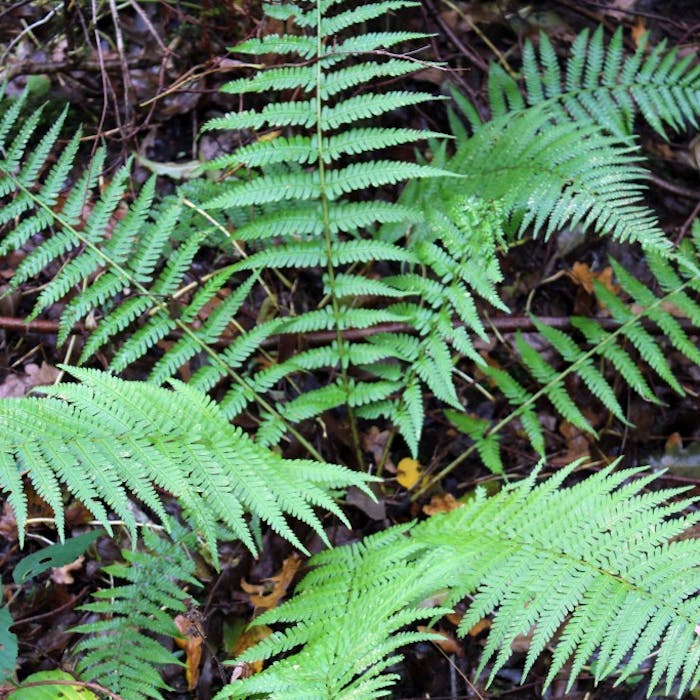
Ferns - ancient and innovative plants which fascinated the Victorians
There are 64 known species of ferns in Britain. These are ancient plants, that predate the dinosaurs, most prolific in sheltered woodland areas. They express their life cycle on wet days, when the forest floor becomes alive with reproductive activity.
Ferns are thought to have developed around 400 million years ago, well before grass and flowering plants appeared.
They were among the first plants to develop a vascular system, including roots, xylem and phloem vessels, to transport water and nutrients. This large evolutionary step took them significantly forward from their predecessors the bryophytes (mosses and liverworts), which lack a vascular system and only absorb water through their surface. The ferns' more advanced mechanisms enabled them to grow much larger.
Ferns have an interesting method of reproduction, which baffled botanists for centuries. They have two distinct parts to their life-cycle known as alternation of generations. The large, familiar plant we call a fern is a spore-producing sporophyte. The tiny brown, green or grey circles that can be seen on the underside of some fern fronds contain the spores, which are distributed by wind. However, they are not seeds. They have not been fertilised and have only half the chromosomes of the adult.
If the spore lands somewhere suitable, it begins the second part of the fern life-cycle, as a gametophyte. This is a tiny green heart-shaped plant only a few millimetres across. This plant produces gametes - eggs and sperm. When the ground is sufficiently wet, the sperm can swim to another little gametophyte on the forest floor, and fertilise the egg. The fertilised egg then grows through the gametophyte plant and becomes an adult fern.
This method of reproduction is reliant on water, which is why ferns are commonly found in damper environments, though they can also slowly spread asexually through rhizomes - underground stems.
Victorian Britain went through "fern mania" from the 1850s to the turn of the century - this involved hunting and collecting the plants, and using fern motifs and patterns on pottery, glass and wallpapers. The swirls on a custard cream biscuit are a legacy of this ferny obsession. The study of ferns is known as pteridology.
The most common British ferns are include varieties of the Male Fern or Dryopteris, Hart's Tongue Fern, and Bracken.
Further reading
Links to external websites are not maintained by Bite Sized Britain. They are provided to give users access to additional information. Bite Sized Britain is not responsible for the content of these external websites.
